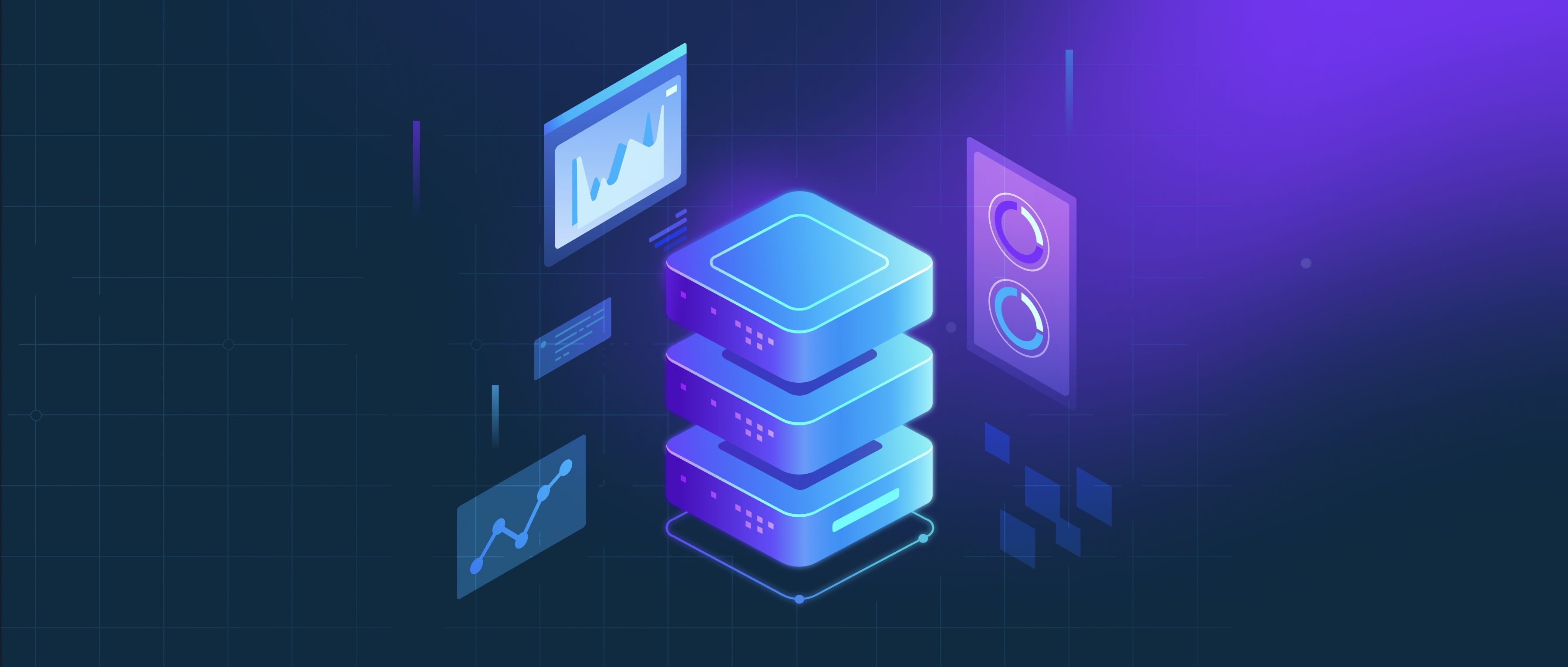Optical Character Recognition (OCR) is a process that enables computers to read and convert printed or handwritten text into machine-encoded text. OCR systems use image processing techniques to identify characters in a document and then map them to a corresponding digital format. The process typically involves multiple stages: preprocessing the image (e.g., removing noise, adjusting contrast), detecting text regions, segmenting the text into lines and characters, and recognizing each character. For example, OCR can be used to convert printed books into e-books, scan receipts for financial tracking, or even convert historical documents into a searchable digital format. OCR technology has been around for decades, but advancements in machine learning, especially deep learning, have significantly improved its accuracy and versatility. Modern OCR systems can handle diverse fonts, languages, and handwriting styles, providing more flexibility in applications such as document management, text-based search, and automatic data extraction from forms. OCR plays a crucial role in making text-based information more accessible and usable in the digital age.
What is Optical Character Recognition(OCR)?

- Large Language Models (LLMs) 101
- AI & Machine Learning
- Optimizing Your RAG Applications: Strategies and Methods
- Natural Language Processing (NLP) Basics
- How to Pick the Right Vector Database for Your Use Case
- All learn series →
Recommended AI Learn Series
VectorDB for GenAI Apps
Zilliz Cloud is a managed vector database perfect for building GenAI applications.
Try Zilliz Cloud for FreeKeep Reading
How do SaaS platforms handle customization?
SaaS platforms handle customization in various ways, allowing users to tailor the software to meet their specific needs.
How does LangChain compare to other agent frameworks like Semantic Kernel or Haystack?
LangChain emphasizes modularity and developer ergonomics, providing unified abstractions for prompts, memory, and tools.
What are the main challenges in implementing LLM guardrails?
Implementing LLM guardrails presents several challenges, including the complexity of defining what constitutes harmful c